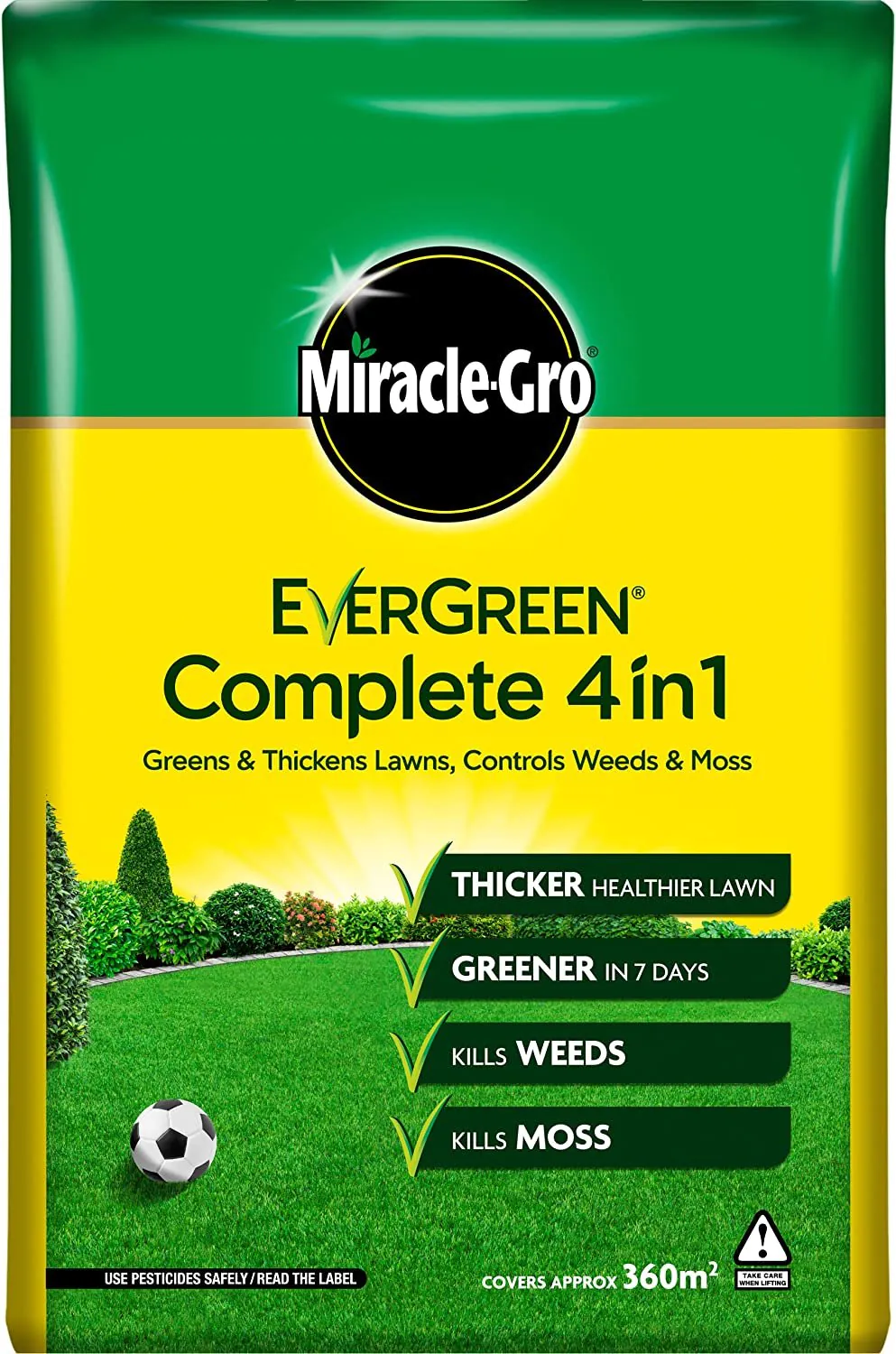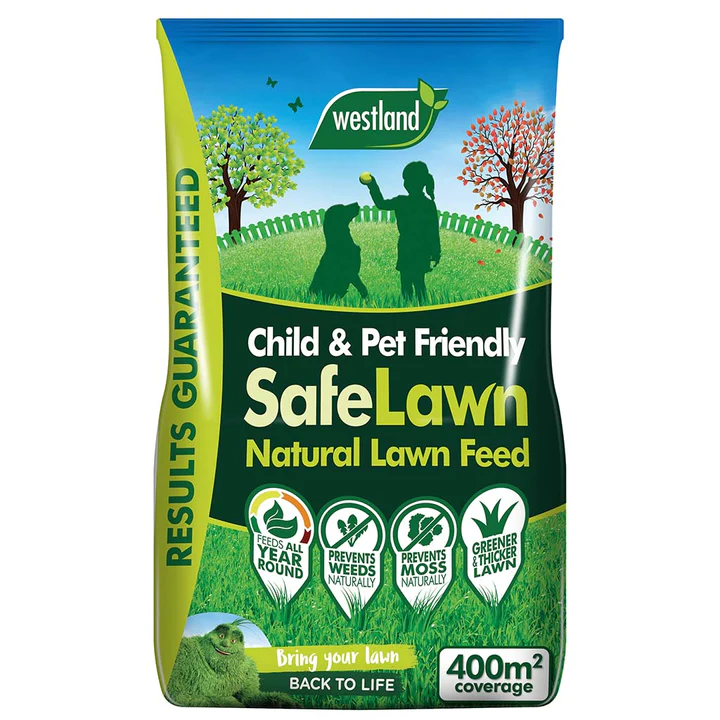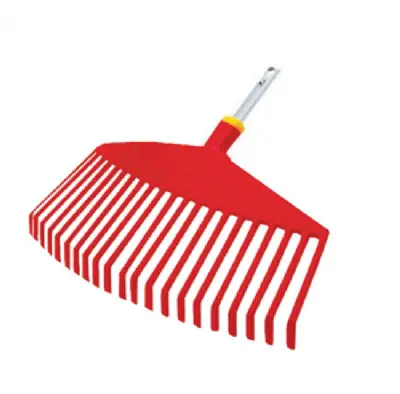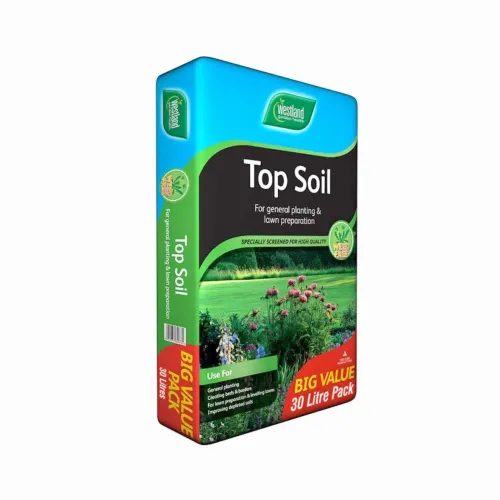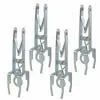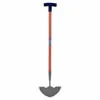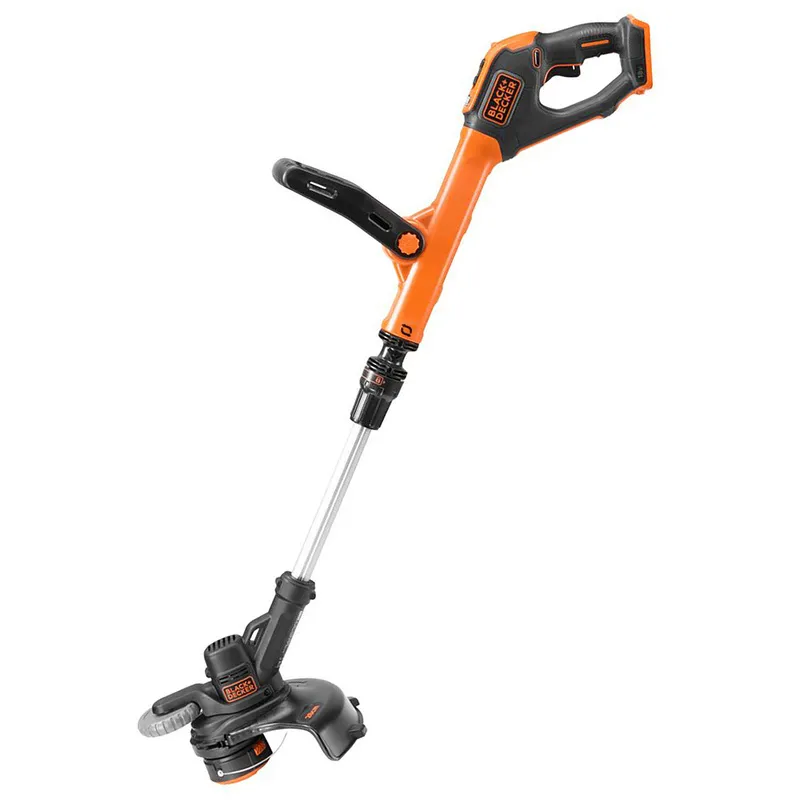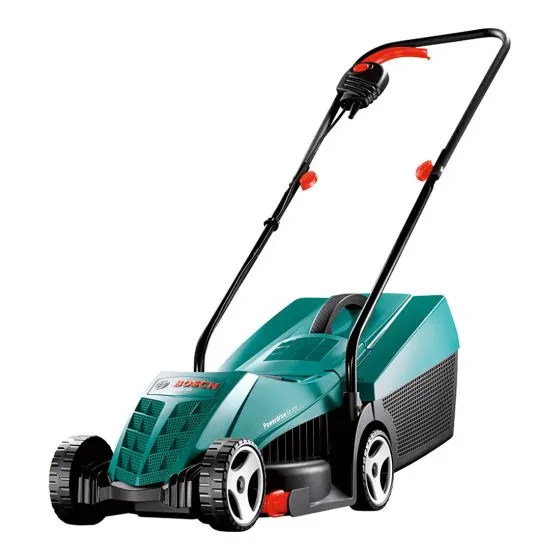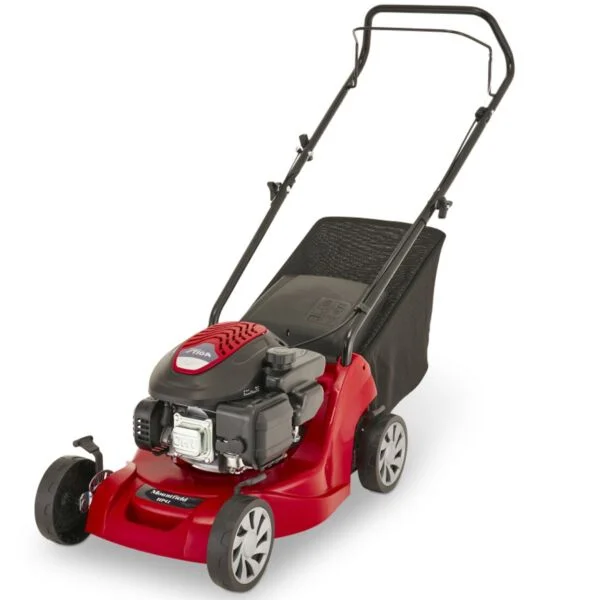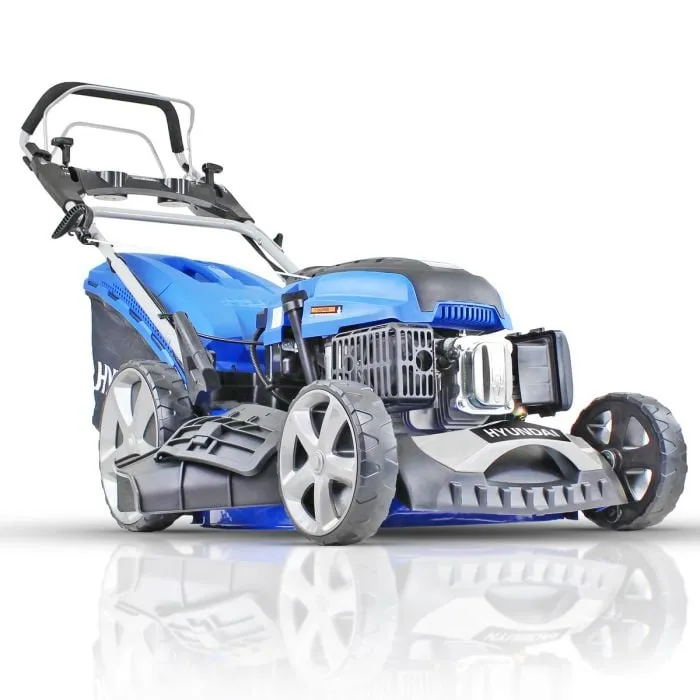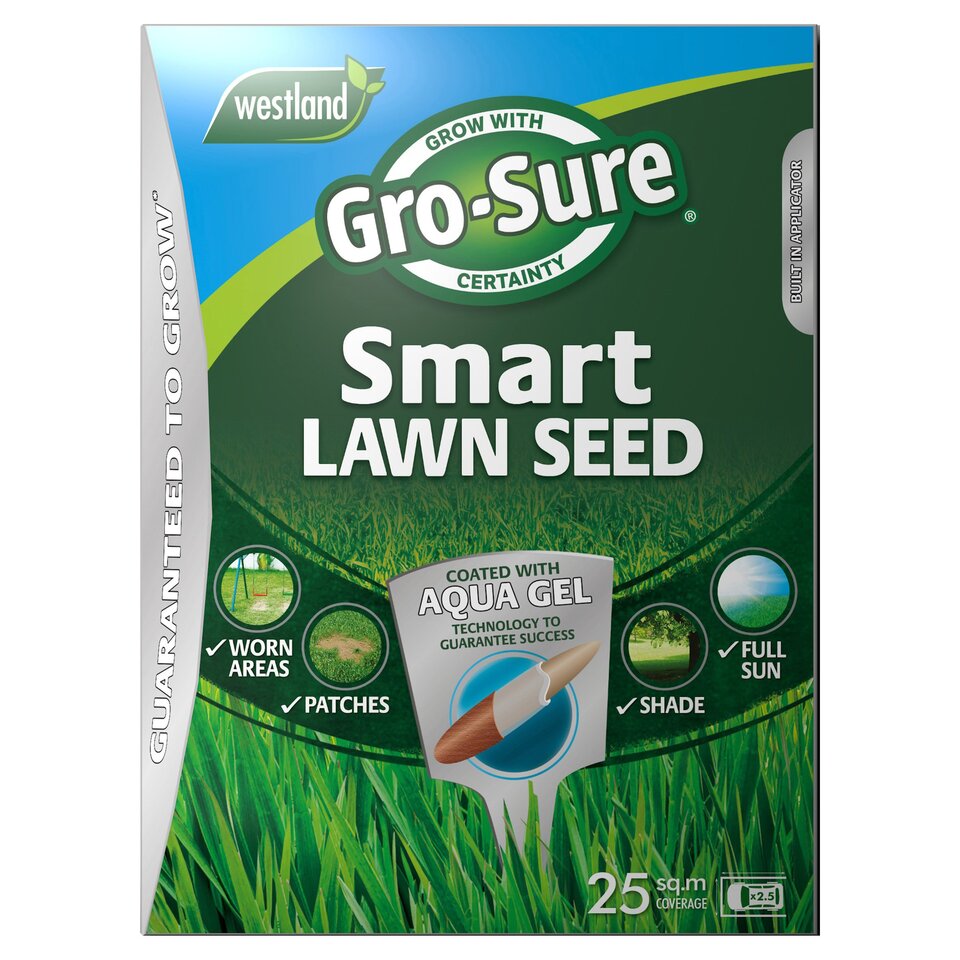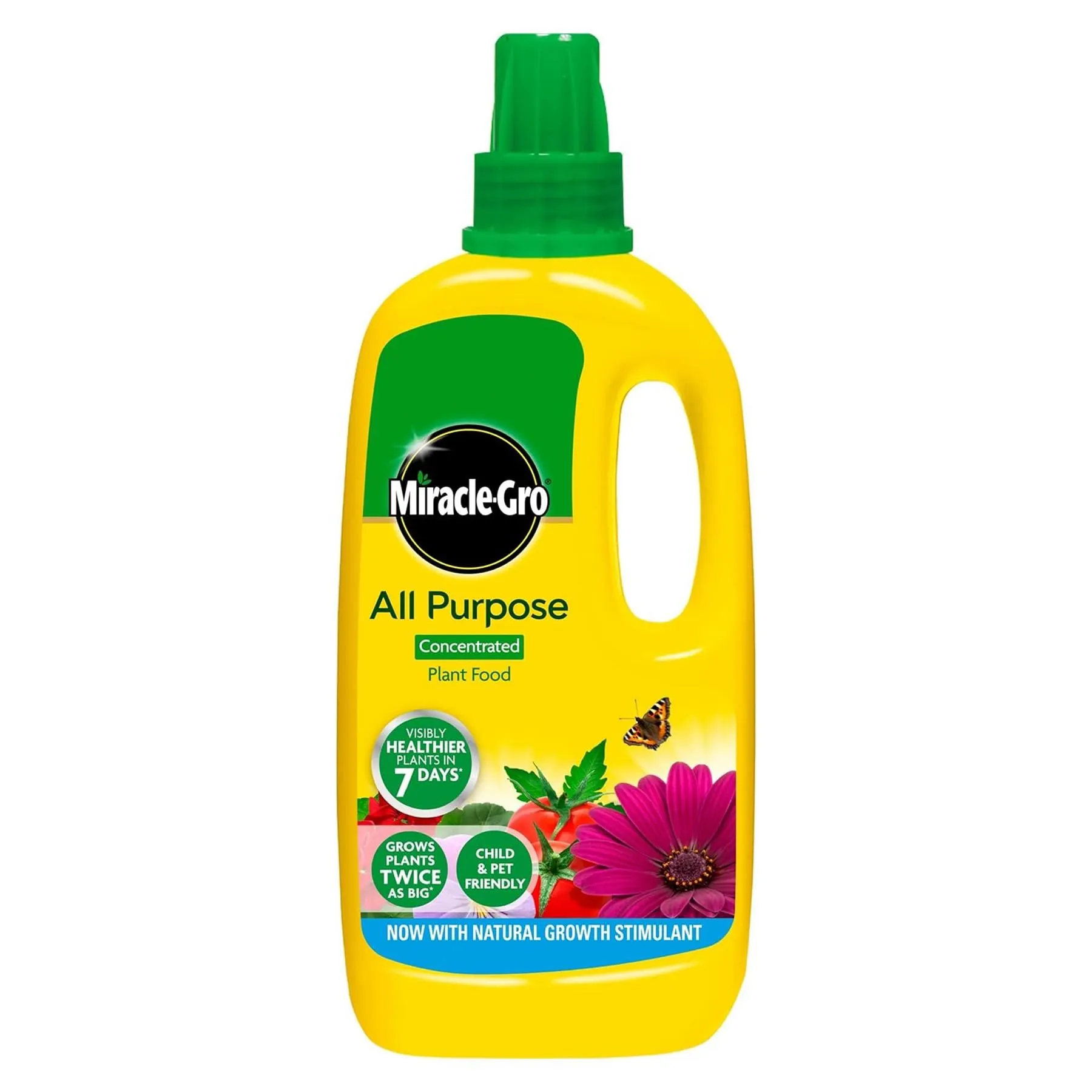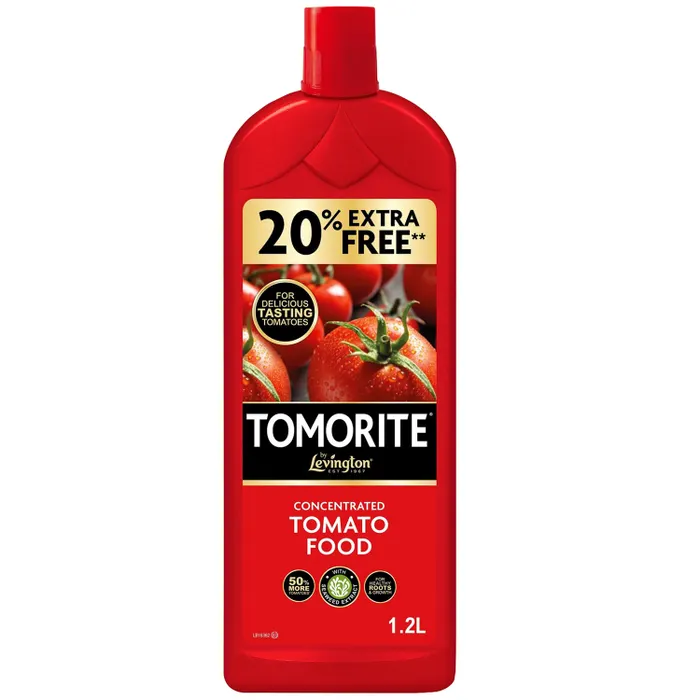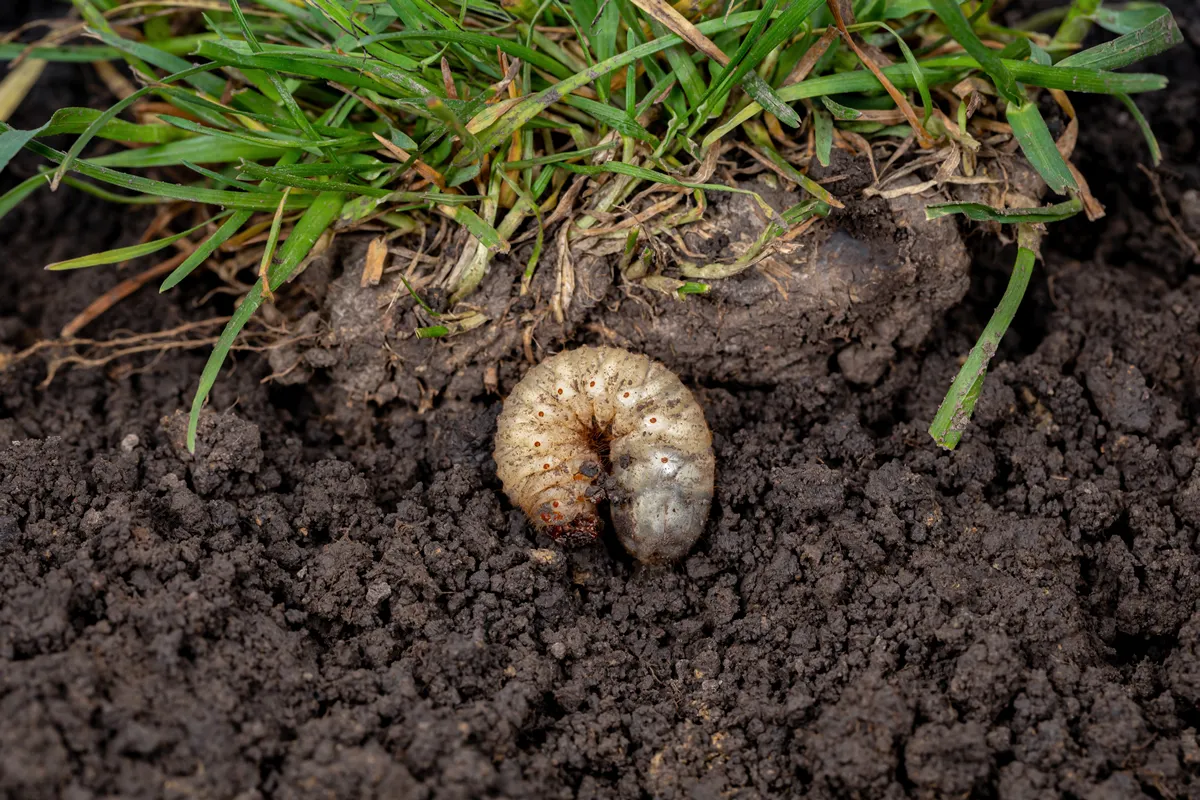
1. Introduction: The Grub Dilemma
Lawn grubs are a common headache for gardeners, whether you're nurturing a sprawling backyard oasis or maintaining a modest city lawn. Grub identification is an essential skill for protecting your turf because the damage they cause goes beyond mere aesthetics. Grubs feed on grassroots, leading to patches of discolored, unhealthy-looking grass that can be easily pulled up like a carpet. Left unchecked, a significant grub population can devastate your entire lawn, leaving you with a costly and time-consuming restoration project on your hands.
2. Understanding Lawn Grubs
What Are Lawn Grubs?
Lawn grubs are the larvae of various species of beetles, with the most common culprits being the June bug, Japanese beetle, and European chafer. These seemingly harmless larvae spend their time feeding on the grassroots of your lawn, but as they grow, their appetite intensifies, causing stress and eventually death to the affected plants.
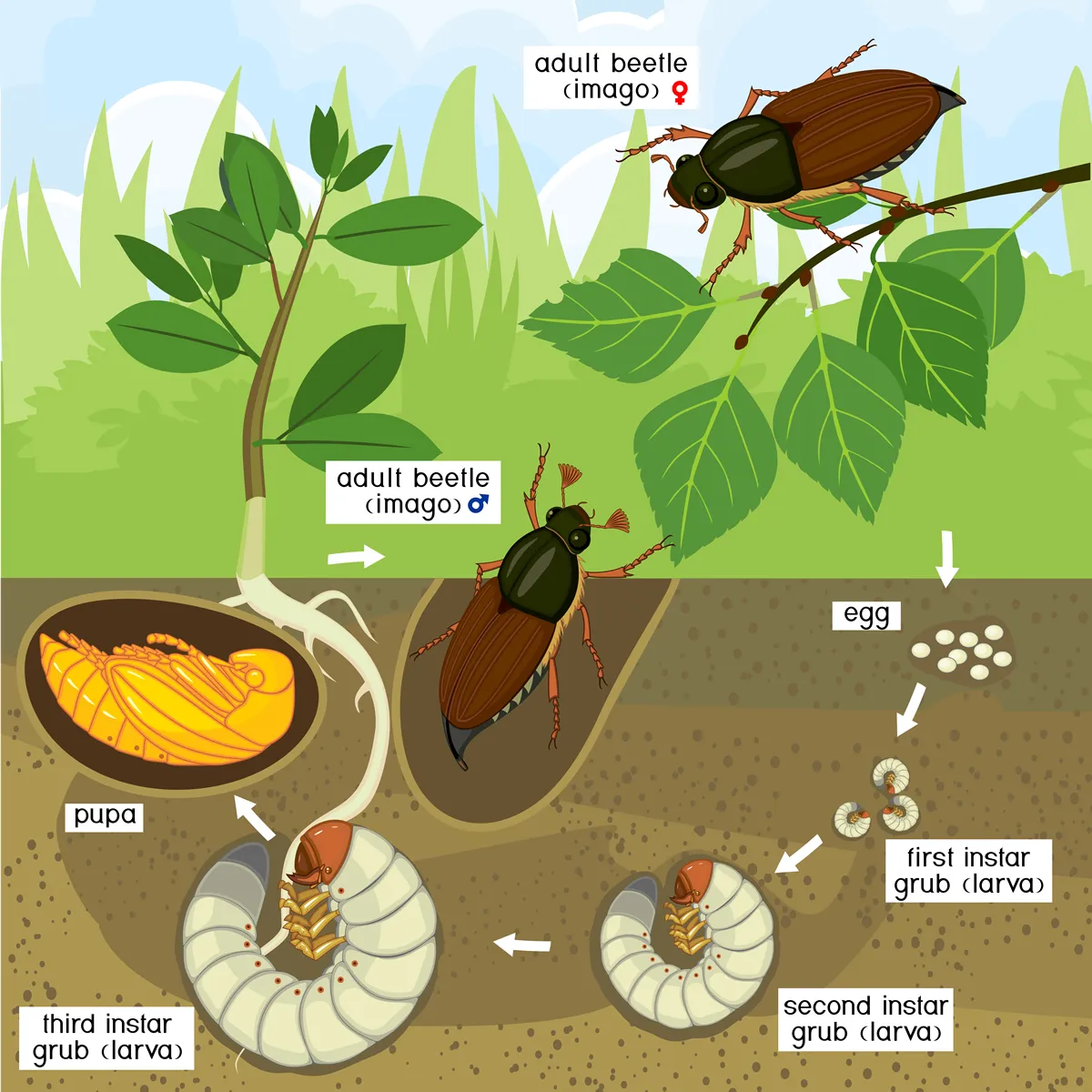
The Life Cycle of Grubs
The life cycle of a grub begins when an adult beetle lays its eggs in the soil of your lawn. Once the eggs hatch, the voracious grubs start feeding, and as they grow, they go through several moults or instars, each time getting larger and causing more damage. Late-stage grubs are the most destructive, often causing visible patches of dead turf. After feeding all summer, they burrow deeper into the soil to escape the cold and pupate, emerging as adult beetles in the following spring or summer.
3. Indications of a Grub Infestation
Visual Cues
Recognizing a grub problem early is critical for effective control. Look for signs like brown, wilting grass that peels back easily, or bald patches in your lawn. Another telling visual sign is seeing the adult beetles themselves—often, after grubs devastate a lawn, they emerge as beetles to start the cycle over again.
Soil Disturbances
Digging down into the soil, you may notice that it feels soft and spongy, almost as if the roots themselves are missing. This is a direct result of the grubs' feeding habits, and it's a red flag for infestation.
Wildlife Behavior
Surprisingly, wildlife can be a great indicator of a grub problem. Animals like skunks, raccoons, and birds find grubs to be a delicious meal. Unusual activity from these animals, such as turf destruction or digging, can indicate that grubs are present.
4. How to Identify Grubs
Visual Inspection
The most common method of identifying grubs is to get down and dirty with your lawn. Use a spade to cut and lift a one-foot square piece of turf. Examine the soil and grass roots. You may find one or more grubs in the soil near the thatch.
Baits and Traps
Specialized baits and traps that target grubs can also be employed to collect and identify these pests. By regularly checking the traps, you can get a good sense of your lawn's grub population.
Professionals
If in doubt, consider calling in a professional. They have the expertise to quickly and accurately identify grubs, as well as recommend a course of action to eliminate them.
5. The Consequences of Grub Infestation
Damage to Grass
Grubs consume the grassroots that are essential for water and nutrient uptake. This systematic destruction leads to the deterioration of your lawn's health, starting from brown patches and ultimately spreading across your entire green expanse.
Weakening of Plants
Not only do grubs damage the grass, but they can also feed on the roots of garden plants and shrubs. Weakened plants are more susceptible to other pests and diseases, compounding the problem.
Interference with Lawn Care
By the time you notice the brown patches caused by grubs, it's often too late, and they've already caused significant damage. Re-seeding or re-sodding may be necessary, setting back your lawn care routine and budget considerably.
6. Prevention and Control of Grubs
Natural Controls
Nematodes are microscopic worms that are natural enemies of grubs. When applied to the soil, they work to control the grub population without the need for harmful chemicals.
Chemical Treatments
For severe infestations, chemical treatments can be an effective solution. However, it's important to use them according to the manufacturer's directions and be mindful of the impact on the local ecosystem.
Best Practices
Cultural practices can significantly reduce the likelihood of a grub infestation. These include mowing at the correct height, watering deeply and infrequently to encourage deep roots, and aerating your lawn to improve soil health.
7. Conclusion
Don't wait until you're faced with a lawn full of brown patches before you learn to identify grubs. By staying vigilant and taking proactive measures, you can prevent the devastation that grubs can cause and keep your garden healthy and vibrant. Remember, early detection is your best defense, and a little prevention goes a long way. If you suspect that grubs have invaded your lawn, take action promptly to protect and preserve your garden's roots. Your efforts today will yield a garden you can enjoy tomorrow, free from the threat of these underground marauders.




